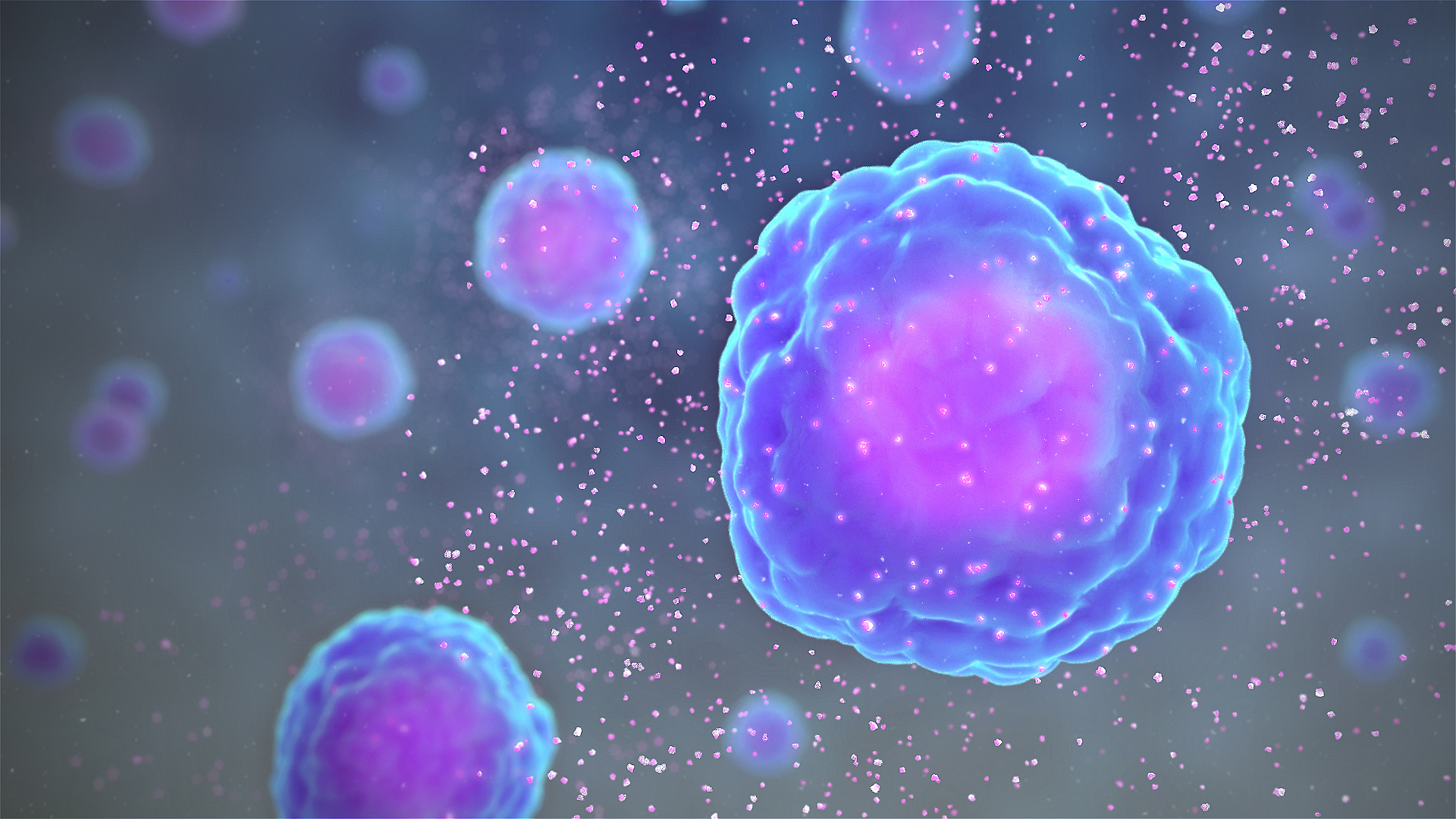|
XCR1
The "C" sub-family of chemokine receptors contains only one member: XCR1, the receptor for XCL1 and XCL2 Chemokine (C motif) ligand 2 (XCL2) is a small cytokine belonging to the XC chemokine family that is highly related to another chemokine called XCL1. It is predominantly expressed in activated T cells, but can also be found at low levels in u ... (or lymphotactin-1 and -2). XCR1 is also known as GPR5. Function The protein encoded by this gene is a chemokine receptor belonging to the G protein-coupled receptor superfamily. The family members are characterized by the presence of 7 transmembrane domains and numerous conserved amino acids. This receptor is most closely related to RBS11 and the MIP1-alpha/RANTES receptor. It transduces a signal by increasing the intracellular calcium ions level. The viral macrophage inflammatory protein-II is an antagonist of this receptor and blocks signaling. Two alternatively spliced transcript variants encoding the same protein have ... [...More Info...] [...Related Items...] OR: [Wikipedia] [Google] [Baidu] |
Chemokine Receptor
Chemokine receptors are cytokine receptors found on the surface of certain cells that interact with a type of cytokine called a chemokine. There have been 20 distinct chemokine receptors discovered in humans. Each has a rhodopsin-like 7- transmembrane (7TM) structure and couples to G-protein for signal transduction within a cell, making them members of a large protein family of G protein-coupled receptors. Following interaction with their specific chemokine ligands, chemokine receptors trigger a flux in intracellular calcium (Ca2+) ions ( calcium signaling). This causes cell responses, including the onset of a process known as chemotaxis that traffics the cell to a desired location within the organism. Chemokine receptors are divided into different families, CXC chemokine receptors, CC chemokine receptors, CX3C chemokine receptors and XC chemokine receptors that correspond to the 4 distinct subfamilies of chemokines they bind. Four families of chemokine receptors diff ... [...More Info...] [...Related Items...] OR: [Wikipedia] [Google] [Baidu] |
XCL2
Chemokine (C motif) ligand 2 (XCL2) is a small cytokine belonging to the XC chemokine family that is highly related to another chemokine called XCL1. It is predominantly expressed in activated T cells, but can also be found at low levels in unstimulated cells. XCL2 induces chemotaxis Chemotaxis (from '' chemo-'' + ''taxis'') is the movement of an organism or entity in response to a chemical stimulus. Somatic cells, bacteria, and other single-cell or multicellular organisms direct their movements according to certain chemica ... of cells expressing the chemokine receptor XCR1. Its gene is located on chromosome 1 in humans. References {{Chemokine receptor modulators Cytokines ... [...More Info...] [...Related Items...] OR: [Wikipedia] [Google] [Baidu] |
Cytokines
Cytokines are a broad and loose category of small proteins (~5–25 kDa) important in cell signaling. Cytokines are peptides and cannot cross the lipid bilayer of cells to enter the cytoplasm. Cytokines have been shown to be involved in autocrine, paracrine and endocrine signaling as immunomodulating agents. Cytokines include chemokines, interferons, interleukins, lymphokines, and tumour necrosis factors, but generally not hormones or growth factors (despite some overlap in the terminology). Cytokines are produced by a broad range of cells, including immune cells like macrophages, B lymphocytes, T lymphocytes and mast cells, as well as endothelial cells, fibroblasts, and various stromal cells; a given cytokine may be produced by more than one type of cell. They act through cell surface receptors and are especially important in the immune system; cytokines modulate the balance between humoral and cell-based immune responses, and they regulate the maturati ... [...More Info...] [...Related Items...] OR: [Wikipedia] [Google] [Baidu] |
Cell Biology
Cell biology (also cellular biology or cytology) is a branch of biology that studies the structure, function, and behavior of cells. All living organisms are made of cells. A cell is the basic unit of life that is responsible for the living and functioning of organisms. Cell biology is the study of structural and functional units of cells. Cell biology encompasses both prokaryotic and eukaryotic cells and has many subtopics which may include the study of cell metabolism, cell communication, cell cycle, biochemistry, and cell composition. The study of cells is performed using several microscopy techniques, cell culture, and cell fractionation. These have allowed for and are currently being used for discoveries and research pertaining to how cells function, ultimately giving insight into understanding larger organisms. Knowing the components of cells and how cells work is fundamental to all biological sciences while also being essential for research in biomedical fields ... [...More Info...] [...Related Items...] OR: [Wikipedia] [Google] [Baidu] |
Receptors , a device for the reception of electromagnetic signals ...
Receptor may refer to: *Sensory receptor, in physiology, any structure which, on receiving environmental stimuli, produces an informative nerve impulse *Receptor (biochemistry), in biochemistry, a protein molecule that receives and responds to a neurotransmitter, or other substance **Cell surface receptor, a receptor on the outer surface of a cell membrane, that takes part in communication between the cell and the outside world **Nuclear receptor, a receptor found within cells that is responsible for sensing steroid and thyroid hormones and certain other molecules **Immune receptor, a receptor that occurs on the surface of immunocytes and binds to antigens *Receiver (radio) In radio communications, a radio receiver, also known as a receiver, a wireless, or simply a radio, is an electronic device that receives radio waves and converts the information carried by them to a usable form. It is used with an antenna. Th ... [...More Info...] [...Related Items...] OR: [Wikipedia] [Google] [Baidu] |

